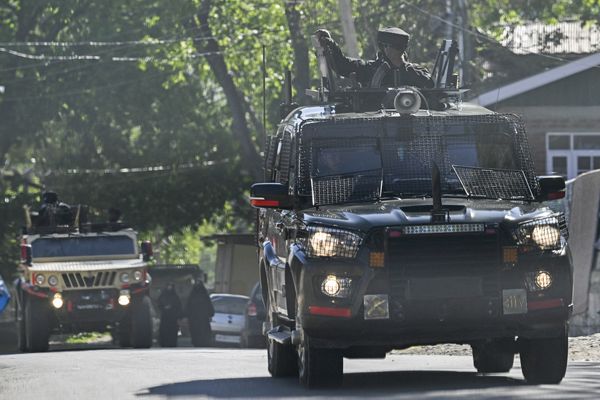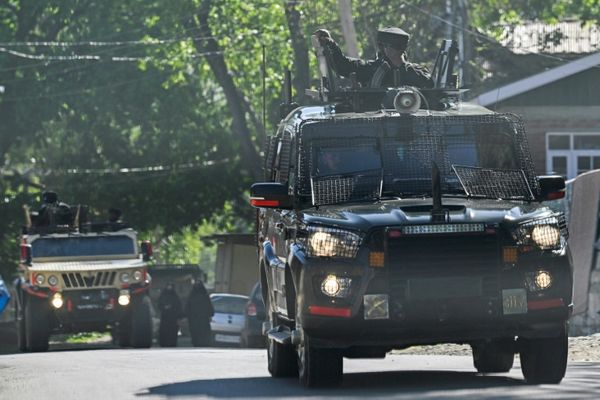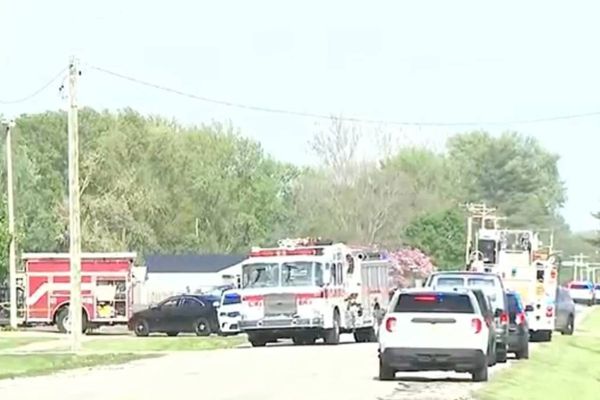
Recently, finger-pointing between airlines and the Department of Transportation (DOT) has become fashionable. Unfortunately, consumers are the ones getting poked in the eye.
The U.S. air travel network, despite its complexity, is the safest in the world. Scheduled commercial passenger airlines haven’t experienced a major fatal crash since 2009, and, over the past 25 years, government and industry have worked together to reduce fatality risk for commercial aviation by more than 95%. During this time, constant partnership and data-sharing through voluntary safety programs provided the impetus for tremendous improvements in aviation safety.
The hard-won success of collaboration between the Federal Aviation Administration (FAA) and private entities like commercial airlines goes well beyond safety. In 2022, the industry raised congestion concerns in Florida’s airspace just as the aviation system was reaching for recovery from COVID-related disruptions. The resulting dialogue between the industry and the FAA led to the establishment of a working group to address these concerns, ultimately improving operational performance and yielding fewer delays and cancellations. Similar efforts are underway in Las Vegas and Denver.
This essential collaboration has also been evident for years in the ongoing engagement between FAA and industry throughout the implementation of NextGen technologies. This year, a spate of runway incursions led to the creation of the FAA Safety Summit, which brought together industry, labor, and government, resulting in the launch of new safety programs, including the Stand Up for Safety air traffic controller training.
The bottom line is that these successes cannot be taken for granted. Achieving results requires building trust and a shared commitment to improvement from government and industry. Yet recently, the DOT has upset the balance of this collaboration by taking an outsized role. Instead of using enforcement as a tool of last resort when collaboration does not work, the DOT is creating an unnecessarily antagonistic working relationship that consumes precious resources and hurts consumers.
While making headlines, DOT actions by no means guarantee material, long-term improvements to passengers’ experiences. Carriers hold themselves to a higher standard than the government ever could. Some recent DOT actions could have the opposite effect of diverting resources away from a company’s ability to innovate and invest in enhancing operations and the overall customer experience.
Take the significant Southwest Airlines disruption that left millions of customers stranded last December. Taking responsibility for its actions, Southwest took matters into its own hands by going beyond regulatory requirements to take care of its customers. What ultimately quieted the storm were the actions the carrier took to reset its operations and its willingness to do right by its customers and collaborate openly and transparently with the DOT as normal operations resumed. This work is not done by any means, and, like safety, it's a continuous improvement journey.
As airlines prioritize their customers day in and out, it’s crucial they have a strong partner within the federal government. This means using precedent as a guide and getting the federal government back to working with industry to its full collaborative potential, which we have historically seen undergird consumer protection. We are hopeful Mike Whitaker, who is anticipated to be nominated by President Joe Biden to lead the FAA, will serve as a catalyst for collaboration as we move forward.
The DOT should also be introspective. As demonstrated by the FAA’s NOTAM system outage in January, years of funding shortfalls mean the FAA’s capital budget must be supported for system modernization. Another example is the need to expedite the FAA’s plan to reallocate the airspace sector around Newark to Philadelphia Approach Control, which will greatly improve operations at many airports up and down the East Coast–and even across the country.
Any outage on the federal government’s part has a much larger impact on consumers than the failure of any one airline, though the ultimate win will come when DOT, FAA, and commercial airlines recalibrate their focus toward the very purpose of air travel: for passengers to arrive safely at their destination, on-time, with their baggage.
With the sheer number of uncontrollable factors–be it Nor’easters or Canadian wildfires–increasingly constraining U.S. air travel as demand continues to grow, navigating the skies is only becoming more complex. We’re seeing how weather has cascading effects that disrupt flights thousands of miles away.
Additionally, critical federal aviation employees–such as air traffic control personnel and meteorologists–are in high demand, and staffing issues are exacerbating delays and cancellations.
The unfortunate reality is that air travel is only going to get more challenging due to these constraints. If we don’t work together to act now, it will only get out of hand: Delays, cancellations, and lost baggage will become the status quo. It’s time to reverse course and re-invigorate the FAA’s role as a collaborative partner while empowering airlines to go above and beyond for their customers. Today, that collaboration is more important than ever.
Steve Dickson is a former United States Air Force and Delta Air Lines pilot who rose to serve as Delta’s senior VP of flight operations. In August 2019, he began his service as the Federal Aviation Administrator following the Boeing 737 MAX groundings. Dickson retired from the FAA in 2022 after 43 years in the aviation industry.
Randy Babbitt served as Federal Aviation Administrator from 2009 to 2011. Prior to his tenure at the FAA, he was President of the Air Line Pilots Association–leading the largest airline pilot union in the U.S. and Canada, an Eastern Air Lines pilot, and an aviation industry consultant. At the end of his tenure at the FAA, he joined Southwest Airlines as the SVP of Labor Relations, where he served for four years until his retirement after 50 years in the commercial aviation industry.
The opinions expressed in Fortune.com commentary pieces are solely the views of their authors and do not necessarily reflect the opinions and beliefs of Fortune.







